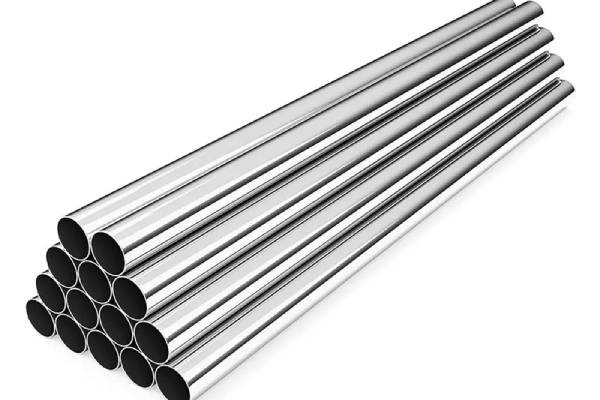- English
- Español
- Português
- русский
- Français
- 日本語
- Deutsch
- tiếng Việt
- Italiano
- Nederlands
- ภาษาไทย
- Polski
- 한국어
- Svenska
- magyar
- Malay
- বাংলা ভাষার
- Dansk
- Suomi
- हिन्दी
- Pilipino
- Türkçe
- Gaeilge
- العربية
- Indonesia
- Norsk
- تمل
- český
- ελληνικά
- український
- Javanese
- فارسی
- தமிழ்
- తెలుగు
- नेपाली
- Burmese
- български
- ລາວ
- Latine
- Қазақша
- Euskal
- Azərbaycan
- Slovenský jazyk
- Македонски
- Lietuvos
- Eesti Keel
- Română
- Slovenski
- मराठी
- Srpski језик
Reasons for rusting of 304 steel
2022-11-07
Chloride ions are widely present, such as salt, sweat, seawater, sea breeze, soil and so on. In the presence of chloride ions, stainless steel corrodes rapidly, even more than ordinary low-carbon steels. Chloride ions form complexes with Fe in alloying elements, reducing the positive potential of Fe, which is then deprived of electrons by oxidants and oxidized.
Therefore, there are requirements for the use environment of stainless steel, and it needs to be wiped frequently to remove dust and keep it clean and dry.
316 and 317 stainless steels are molybdenum-containing stainless steels. The molybdenum content in 317 stainless steel is slightly higher than that in 316 stainless steel. Because 316 stainless steel contains molybdenum, the overall performance of this steel is better than that of 310 and 304 stainless steel. Under high temperature conditions, when the concentration of sulfuric acid is lower than 15% and higher than 85%, 316 stainless steel has a wide range of uses. 316 stainless steel also has good resistance to chloride attack, so it is usually used in marine environments.
Therefore, there are requirements for the use environment of stainless steel, and it needs to be wiped frequently to remove dust and keep it clean and dry.
316 and 317 stainless steels are molybdenum-containing stainless steels. The molybdenum content in 317 stainless steel is slightly higher than that in 316 stainless steel. Because 316 stainless steel contains molybdenum, the overall performance of this steel is better than that of 310 and 304 stainless steel. Under high temperature conditions, when the concentration of sulfuric acid is lower than 15% and higher than 85%, 316 stainless steel has a wide range of uses. 316 stainless steel also has good resistance to chloride attack, so it is usually used in marine environments.




